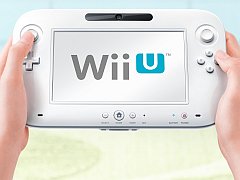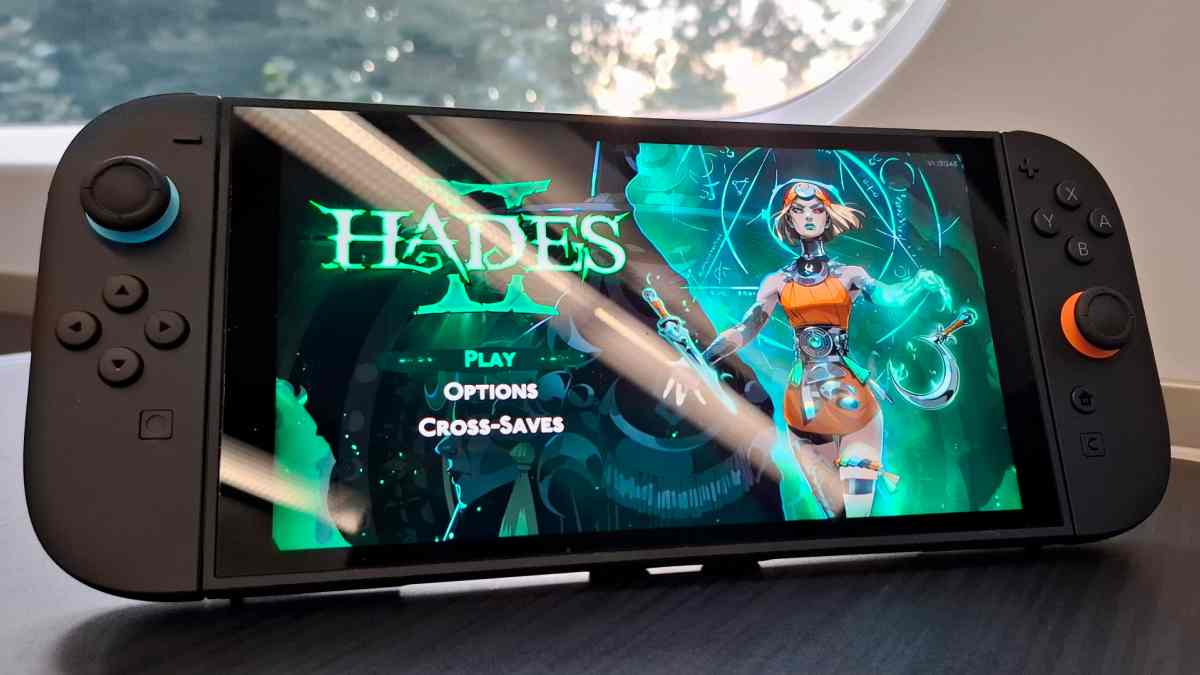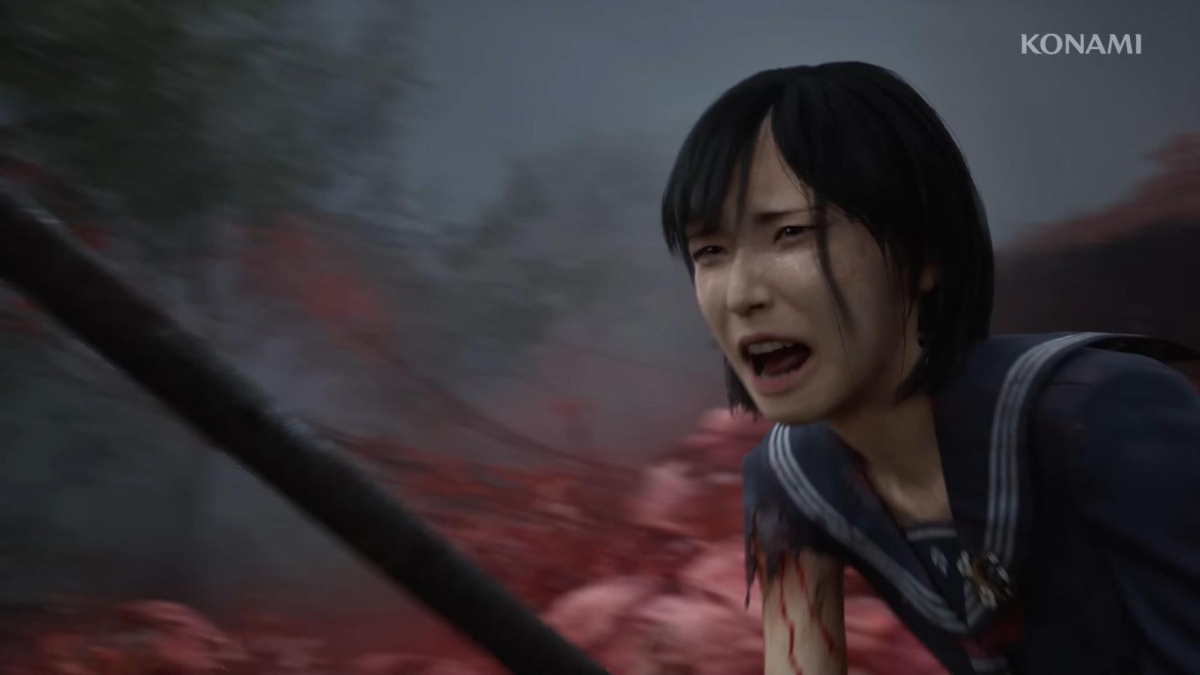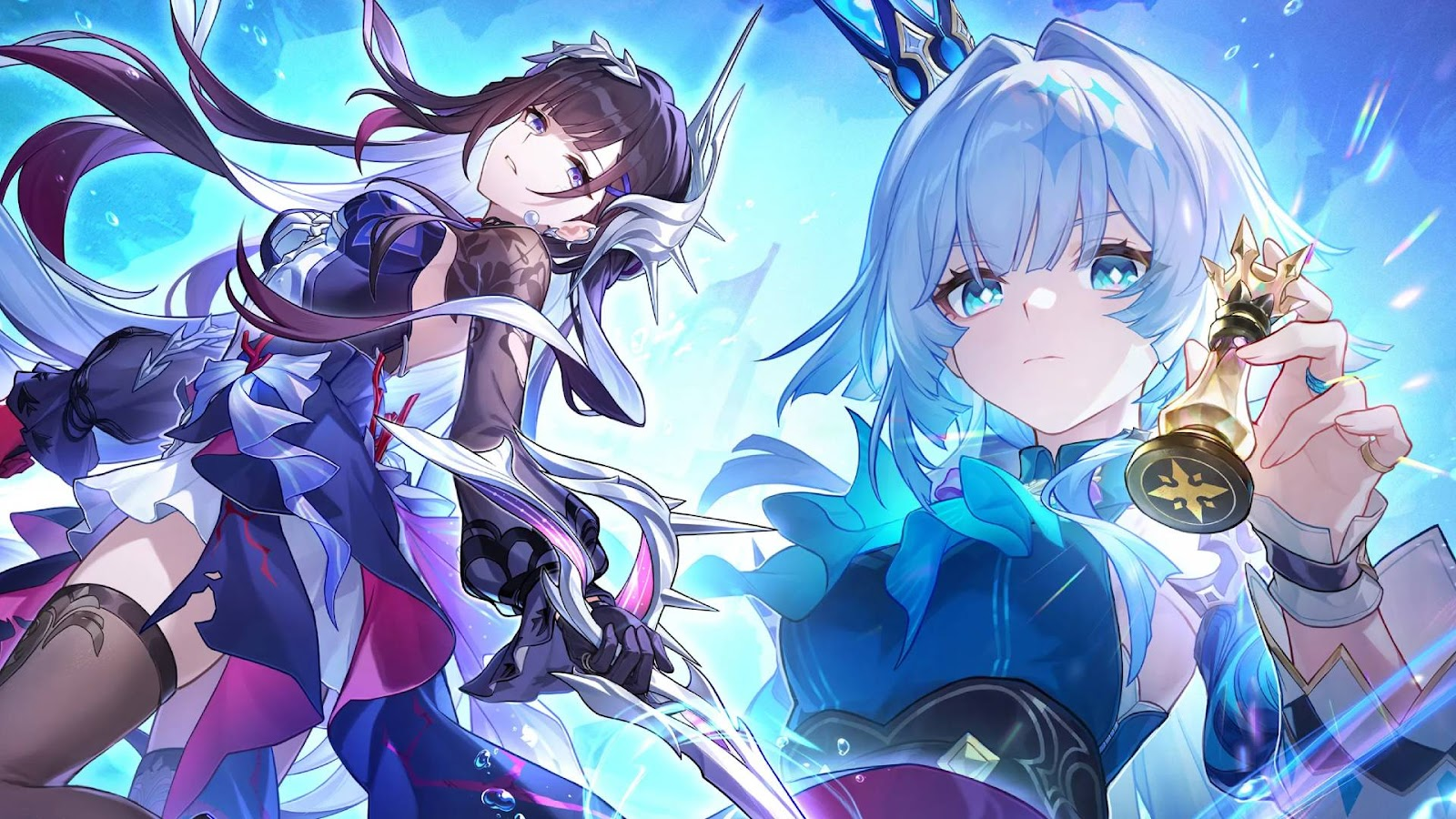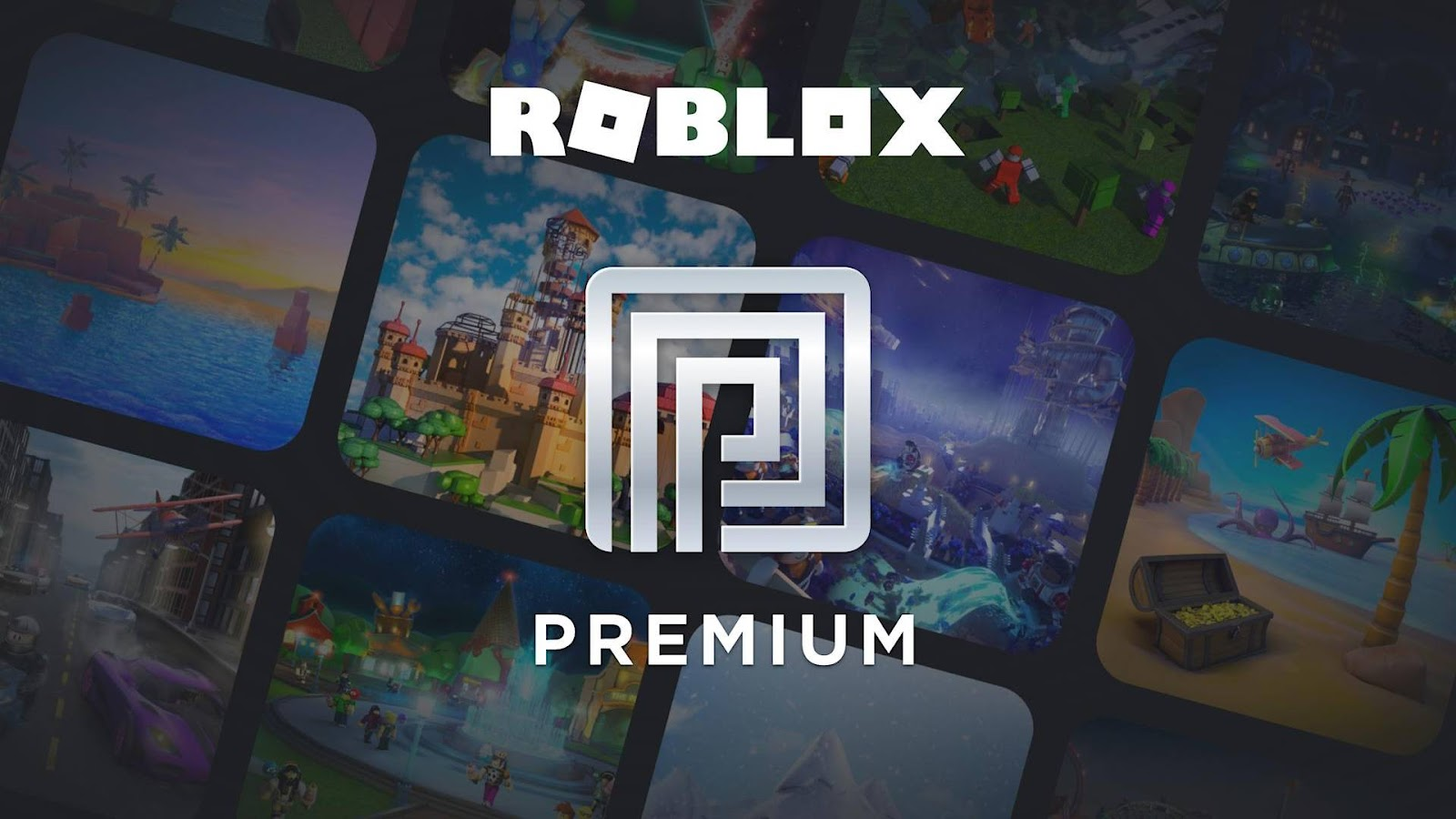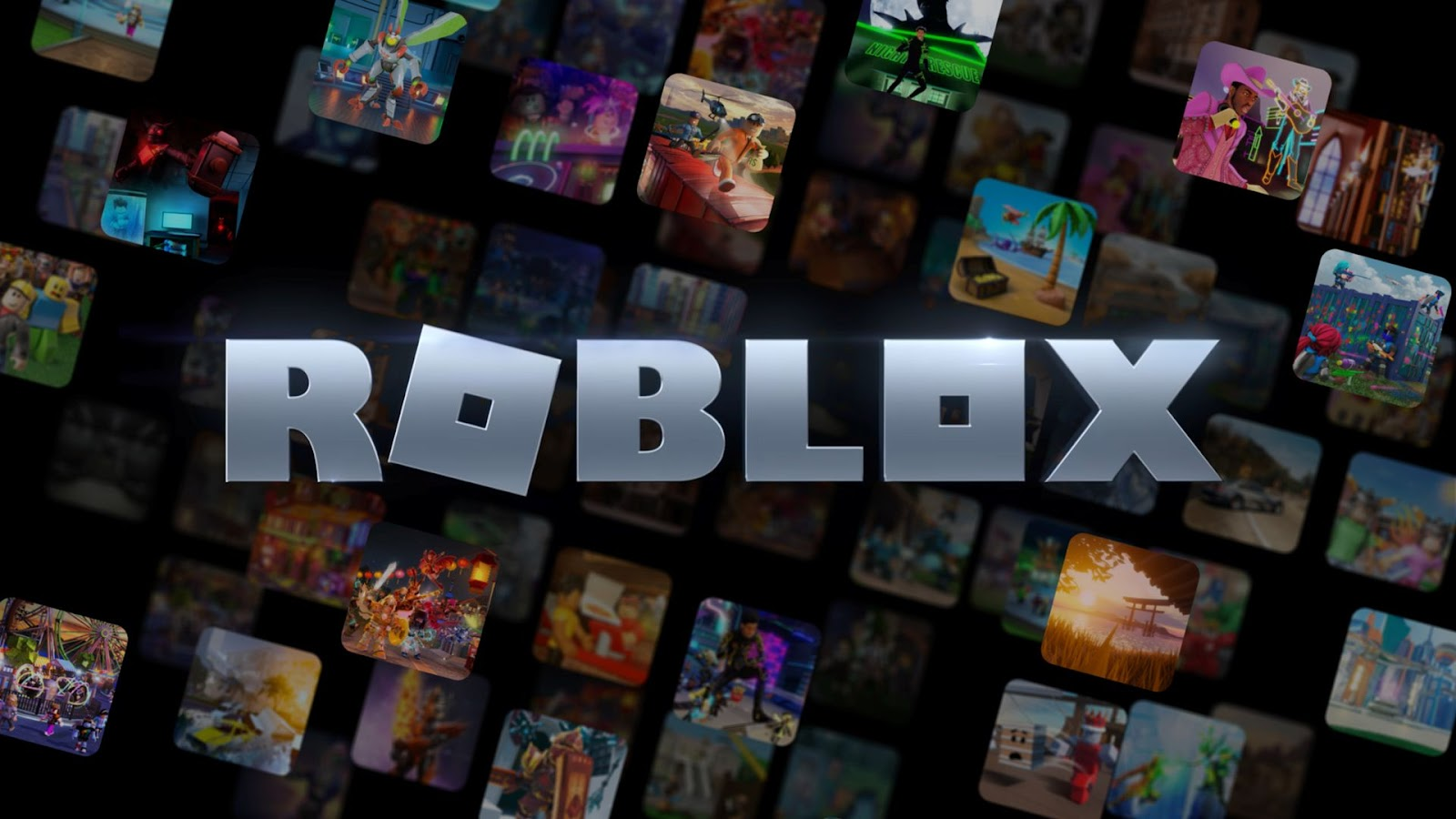You can trust VideoGamer. Our team of gaming experts spend hours testing and reviewing the latest games, to ensure you're reading the most comprehensive guide possible. Rest assured, all imagery and advice is unique and original. Check out how we test and review games here
Finally after weeks speculating on what was then-called Project Cafe, Nintendo’s latest offering is a console-meets-tablet named Wii U. And while most of the Internet was abuzz with questions of what the thing actually did, and what the console actually looked like, I was given the chance to queue for twenty minutes and test its line-up of mini-games and tech demos.
Nintendo’s stocks may have dropped 10 per cent since the Wii U’s unveiling but its booth babes were still more than happy to teach me all the arcane knowledge they had accumulated in Ninty’s console-mines. Its sparse group of demos have been designed to show off the console’s graphical and gameplay potential – complete with HD resolution which, for games rubes, roughly translating as “something considerably more impressive than anything the Wii ever could produce.”
The first in its line-up is Chase Mii, a five-player – four-against-one – game of what’s essentially cat and mouse. The Wii U’s multiplayer endeavours only allow for one player to use the Wii U tablet while the rest are left to use to classic Wii Remotes, working together to find the tablet-user on the map.
/https://oimg.videogamer.com/images/ef25/wii_u_hardware01.jpg)
The group of four are given a 15-second countdown as the fifth player runs ahead, then an additional two minutes to track down the fleeing fifth in a basic maze-style map via four-way split-screen on the television and a metre-counter at the edge of each screen to give you an idea of how far away you are from the escapee at all times. The idea, then, is to work together because your view of the map is limited to your personal chunk of the screen.
The tablet-user on the other hand is given a broader view. The tablet is split into two screens – one being a top-down display map that shows the position of all characters, the other is a third-person view of your Mii.
Battle Mii follows in turn, using the Wii Miis in a Metroid-like three-player deathmatch. It’s a similar set up to the previous Chase demo, splitting apart Wii Remote and tablet users: Two Nunchucs and Wii remotes are used to control the game’s Samus-alikes on a split-screen TV display, while the third is left to pilot a ship above using the Wii U tablet.
Like Chase, the game is designed to show how capable the tablet is at offering different gameplay elements to the traditional Wii controller experience. The ship’s controls involve strafing and steering via the Wii U’s C-sticks, while aiming your weapons using the gyroscope – a lot to manage simultaneously but surprisingly effective, with a motion interface that feels more precise than the Wii Remote.
/https://oimg.videogamer.com/images/653a/wii_u_hardware10.jpg)
New Super Mario Bros. Mii included five full levels of basic co-op platforming, essentially mimicking the original Wii’s New Super Mario Bros. Wii while introducing the tablet as a companion to the Wii Remotes.
Strangely, unlike the other demos in the list, the tablet user appears to have the same abilities as anyone lumbered with a standard Wii Remote. The tablet itself mirrors the television screen, showing you a smaller hand-held version of what’s being played. At the same time this is the most likely of the string of demos to be developed as its own Wii U specific title. Despite being identical to the Wii game of the same name, this is a prime example of the Wii U showing it can successfully adopt classic platforming titles and make it fit naturally with a new controller.
Shield Pose has all the markings of a Kinect mini-game, albeit built for the Wii U controller. This is a rhythm-meets-posing-centric game that pits you against toon ghost pirates. The tablet, in this case, is your shield which you will use to protect yourself against a stream of arrows shot at you from their ship – arrows shot in time with a steady musical beat which signals when you draw your shield. The tablet doubles as an additional screen to view the game, and in a game that asks you to be relatively physical it’s helpful to have a way of keeping your eyes on what’s going on at all times.
HD Experience is the terribly titled Zelda offering, a kind of genetically engineered Twilight Princess doused in HD graphics. This was less a game than it was a demonstration of what a game could potentially look like using the Wii U. The tablet’s touch-screen allows you to control the lighting, shifting between day and night, and switch between camera angles, or back and forth between television and controller displays.
The interactive demo showed Link fighting a giant spider amidst the ruins of an old cathedral, and while the focus was entirely on the graphical prowess of the console rather than its gameplay capabilities, HD Experience is impressively true to its name. Visually, the Wii U is a completely different animal to its predecessor.
Japanese Garden Tech Demo hits all the same notes as HD Experience. This is a graphical offering with limited interactive elements; a game you’ll recognise from E3’s Nintendo conference as “that bird one”. The main action is shown on the television, which follows various birds (and a fish at one point) through scenic shots during different seasons. The tablet’s screen gives you more freedom in terms of what you can view.
You’re shown the scene from both a slight distance and alternative angle to its television counterpart, while moving the tablet gives you a fuller view of the entire environment. Point it to the ceiling and you can see the sky, to the floor and you see the natural dirt ground, and so on.
What was shown at E3 gives a vague idea of what’s going to be available when the Wii U is finally released, but even the slender set of demos only showcase the basic shape of what’s to come for Nintendo’s console: a move toward the graphically intensive, a literal hands-on approach to dealing with in-game cameras, and a relatively new way of playing games. It’s still not clear whether we can safely call the Wii U “next gen” but as of right now it’s an interesting change for the interface of console gaming.
